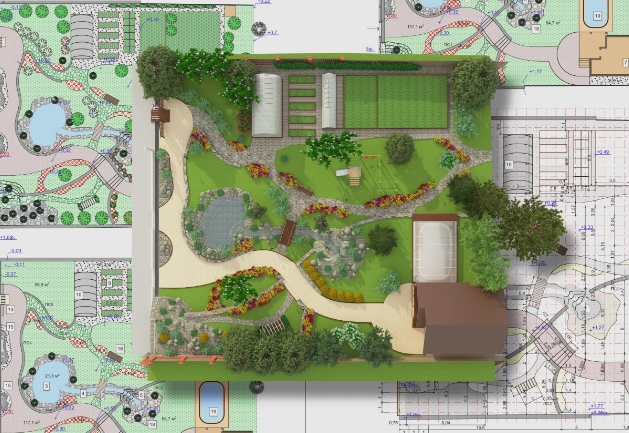Landscape Architect Plans: Transforming Outdoor Spaces into Havens
In today’s world, the importance of well-designed outdoor spaces cannot be overstated. Landscape architecture plays a crucial role in creating environments that enhance both aesthetic appeal and functionality. Whether it’s a private garden, a public park, or a commercial property, effective landscape architect plans can make all the difference. Understanding these plans can not only inspire homeowners but also help them appreciate the artistry involved in creating beautiful landscapes.
The Role of a Landscape Architect
Landscape architects are trained professionals who specialize in designing outdoor spaces that are both visually appealing and functional. Their plans consider various elements such as plant selection, terrain modification, water features, and sustainable practices. By analyzing the natural environment and the specific needs of their clients, landscape architects create designs that harmoniously blend with the surroundings. This thoughtful approach often results in spaces that promote relaxation, social interaction, and overall well-being.
Key Elements of Landscape Architect Plans
Several key components make up effective landscape architect plans. These plans typically include site analysis, conceptual sketches, plant selection, and detailed construction documents. Site analysis involves assessing the land’s topography, soil quality, and existing vegetation to inform design decisions. Conceptual sketches provide a visual roadmap, allowing clients to see the overall vision before execution begins. Plant selection is crucial, as different species need to be chosen based on climate, soil, and the desired aesthetic. Lastly, construction documents detail the implementation process, ensuring that the design is executed accurately.
Sustainability in Landscape Architecture
Sustainability has become a vital consideration in landscape architecture. More and more, landscape architect plans incorporate eco-friendly practices to promote biodiversity and reduce environmental impact. This may include using native plants, implementing rain gardens for stormwater management, and designing spaces that encourage wildlife. By prioritizing sustainable methods, landscape architects contribute to a healthier planet while also creating stunning outdoor environments that resonate with nature.
Conclusion
Understanding landscape architect plans can significantly enhance our appreciation for the beauty and functionality of outdoor spaces. Whether you’re considering a project for your backyard or simply want to learn more about landscape architecture, delving into this field offers endless inspiration. Don’t hesitate to explore more about how landscape architects can transform landscapes into vibrant, sustainable havens. Your dream outdoor space may be just a plan away!

